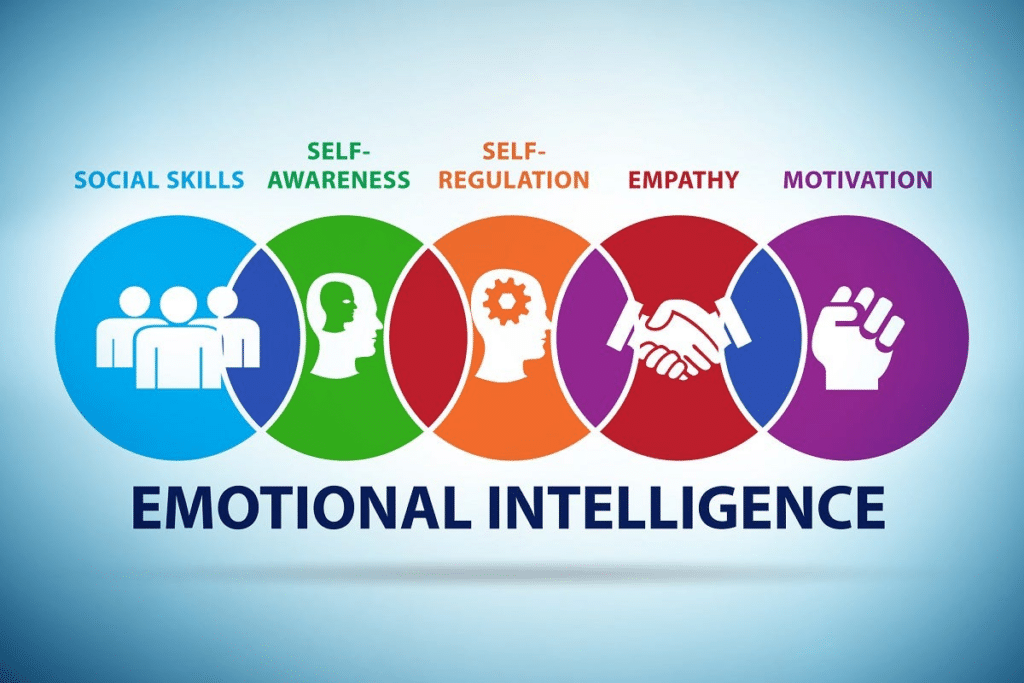Within today’s redefinition of educational context, it would appear that emotional intelligence is gaining ground as one of the most vital determinants in student success. This consists of the ability to realize, regulate, and make use of one’s feelings efficiently to traverse life and attain both personal and academic goals.
What is Emotional Intelligence?
It encompasses five key components: self-awareness, self-regulation, motivation, empathy, and social skills. Other than IQ, which is meant for cognitive abilities, EI concentrates on the interpersonal and intrapersonal skills needed to handle stress, relationship building, and building resilience.

Why EI Matters in Education
Indeed, students with a high EI usually perform well academically, efficiently handle stress, and also relate well. Emotional Intelligence helps students by:
Resilience: Deal with setbacks, maintaining a positive attitude.
Collaborate Effectively: Work better with your peers; resolve conflicts.
Perform Academically: Stay motivated and focused under pressure.
Incorporating EI into Schools
Schools are inculcating the mechanism of emotional intelligence through Social and Emotional Learning programs. The main skills being taught are that of empathy, communication, and self-awareness. Further, the teachers them-selves are being given training in EI-to offer a supportive classroom where their students are able to do better emotionally and academically.
Key Strategies
Mindfulness Exercises: How to teach self-regulation of emotion to students.
Group Projects: Encourage teamwork and empathy.
Mental Health Resources: Counseling support for emotional challenges.
Benefits of Teaching EI
Improved Academic Outcomes: EI helps students manage stress and focus.
Better Mental Health: Comprehension of emotions reduces anxiety, brings in emotional stability.
Workforce Readiness: Prepares students for Collaboration and adaptability in the professions.
Overcoming Obstacles The implementation of the EI programs requires resources, training, and a shift in traditional priorities in education. With support from educators, policymakers, and parents, these hurdles can be addressed to give priority to the emotional life of students.

Conclusion
But from our teaching classes, Emotional Intelligence is fast becoming a game-changer educationally in these modern days. Schools give kids self-awareness and self-organization skills of their emotion and those of others-an academic and life skill nowhere provided by book learning, as we socialize into an increasingly complex world indeed. It is the bedrock foundations because empathizing becomes mutual, and collaboration thrives wherever the student is based.




